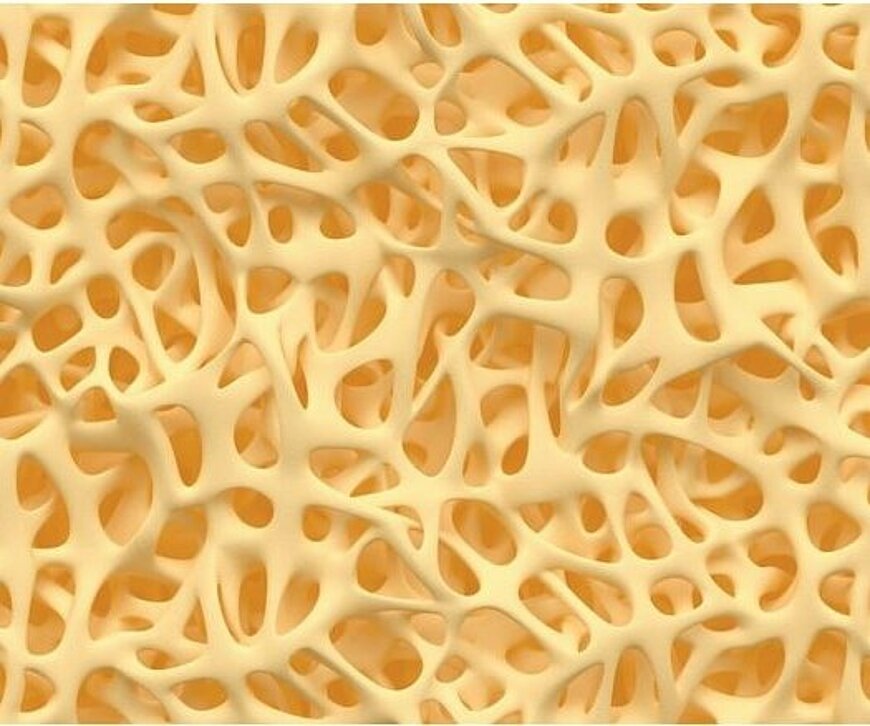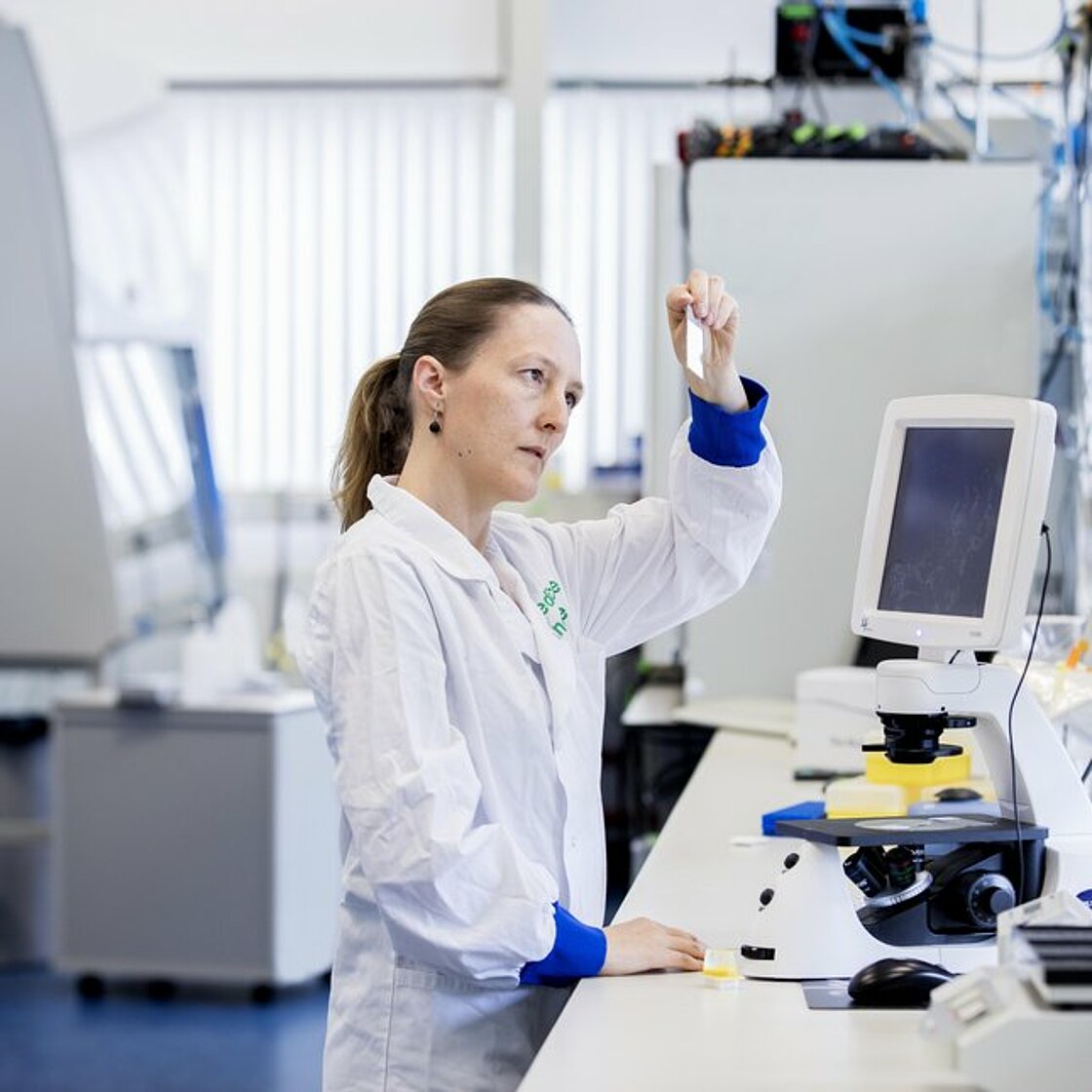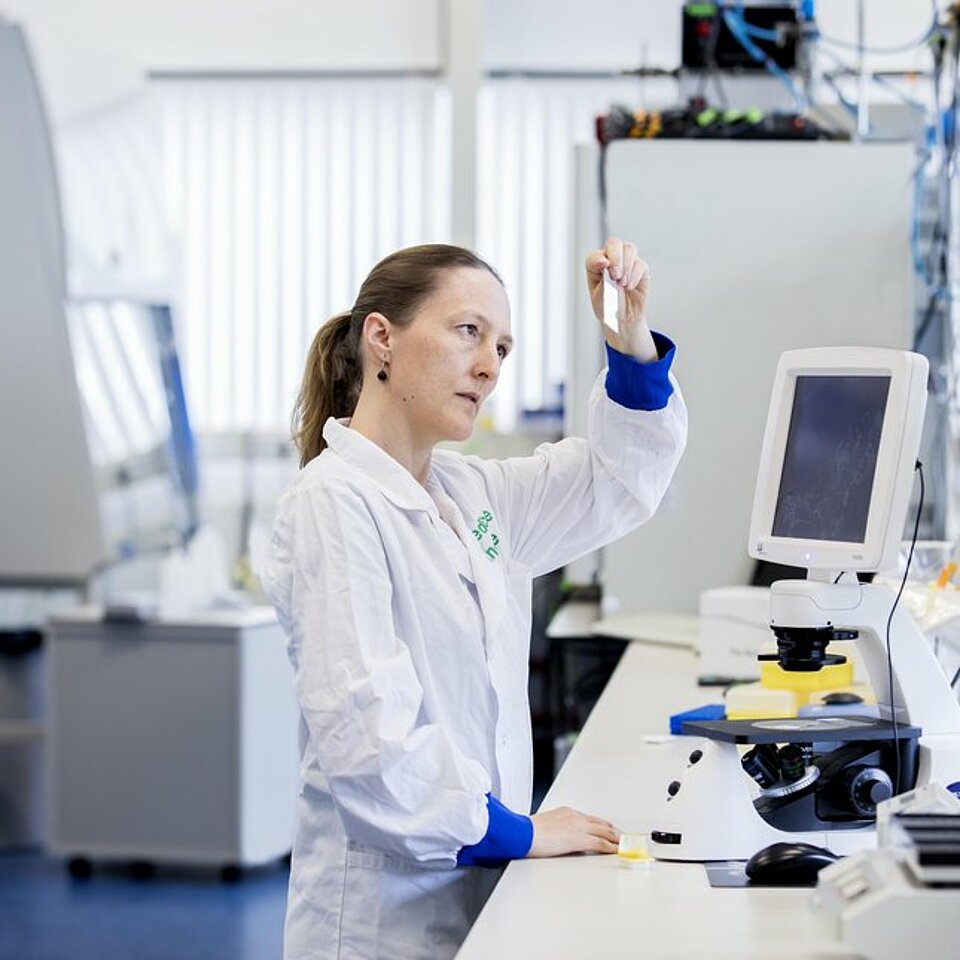Mini organs can make their own new bone tissue in a lab

Researchers from TU Eindhoven and Radboudumc have succeeded in growing a lifelike piece of bone tissue from human stem cells.
Researchers from the Eindhoven University of Technology (TU/e) and Radboudumc have succeeded in growing a lifelike piece of bone tissue from human stem cells. This is the first ‘organoid’ of a bone, a simplified version of the original. The research was published this week in the journal Advanced Functional Materials.. The cultured bone is especially suitable for testing and designing new treatments for bone diseases such as osteoporosis or osteogenesis imperfecta.
The scientists wove several bone cells together to form a so-called ‘organoid‘. This mini organoid can independently make new, hard bone tissue. This makes it possible to tailor treatments very precisely to the patient in the future.
A piece of bone tissue can be grown in a laboratory using stem cells taken from a patient’s bone marrow. Doctors can then see which drugs have the intended effect on those bones. This approach would allow a tailor-made treatment plan to be made for everyone.
Three types of cells play a key role in bone formation: Osteoblasts (which build bone tissue), osteoclasts(which break down bone) and osteocytes (which regulate the building and breaking down of bone). “Most studies to date have focused on one of these types of cells. But this does not accurately represent real tissue,” says Hofmann. “Here, we are presenting a piece of grown bone that contains two of these types of cells: Osteoblasts and osteocytes. We now see that we can make lifelike bone with just these two cell types.”


Simplified reproduction
That a simplified reproduction of bone formation at the molecular level is now possible has opened up unprecedented possibilities, according to the researchers. “A bone is 99 percent collagen and minerals, and the rest is protein,” explains Professor Nico Sommerdijk of Radboudumc. “What is the role of those proteins? How do they support bone formation? Never before have we been able to look at the milestones of this process on a molecular level.”
This gives them an immediate window into painful bone problems such as ‘brittle bone disease‘ and their potential treatments. ” Remember that the origin of many conditions is at the molecular level – and so is the treatment,” says Akiva. “In fact, we now have a simple system in a reliable environment where we can poke around and see how the bone cells respond to the stimuli we provide.”